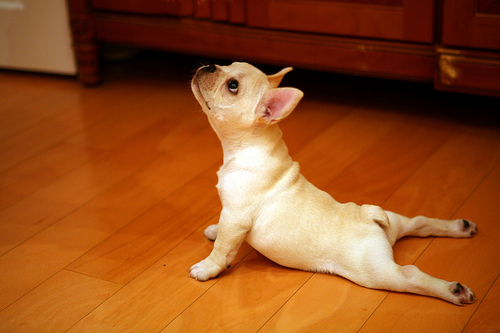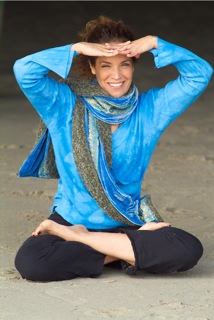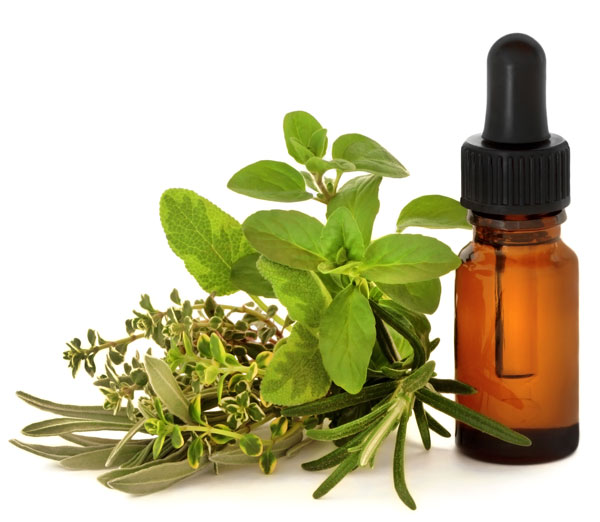This is a two-hour Guided Thai Massage Experience. Phoebe will guide you through giving and receiving a Thai Massage Therapy session. Sunday, January 31, 1-3PM.
Starting at the feet and working up to the head, the technique combines Trigger Point Treatments, Deep Pressure, Massage, Yoga Poses, and Energy Work, as well as other techniques. Wear loose fitting clothes, come with a partner, or meet one at the workshop!
Connect with Patty, 951- 6024 or pattyyogamail@gmail.com to sign up for this wonderful workshop!
$30 per person.
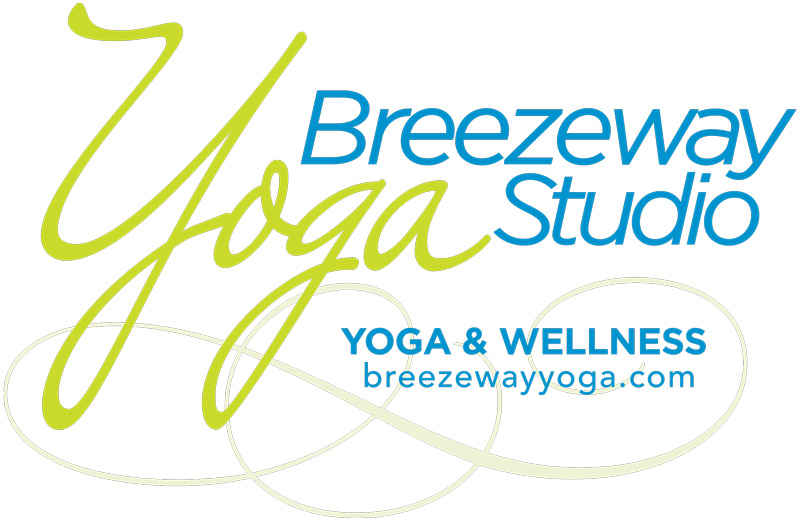
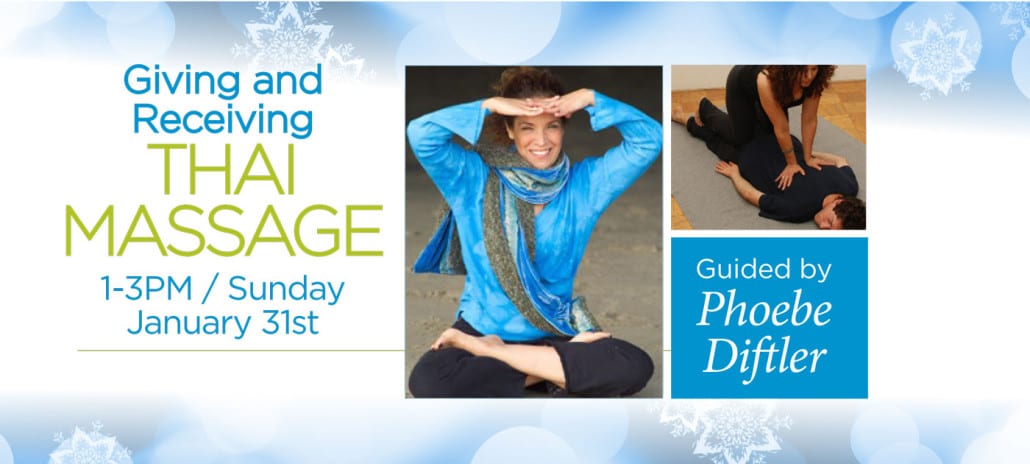
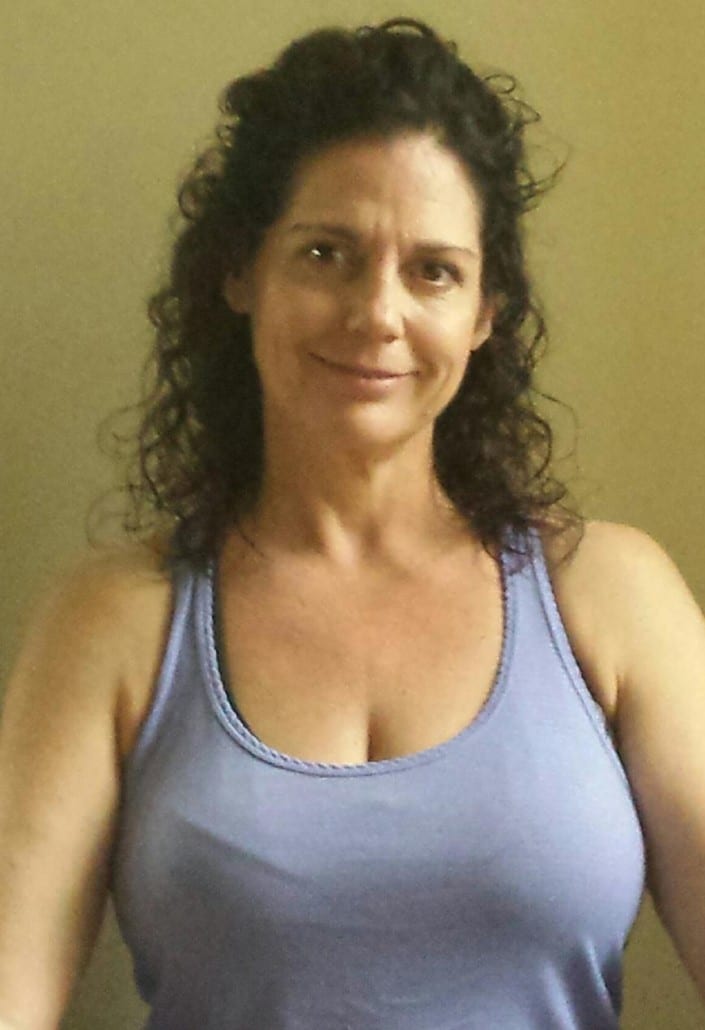
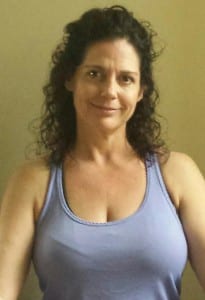
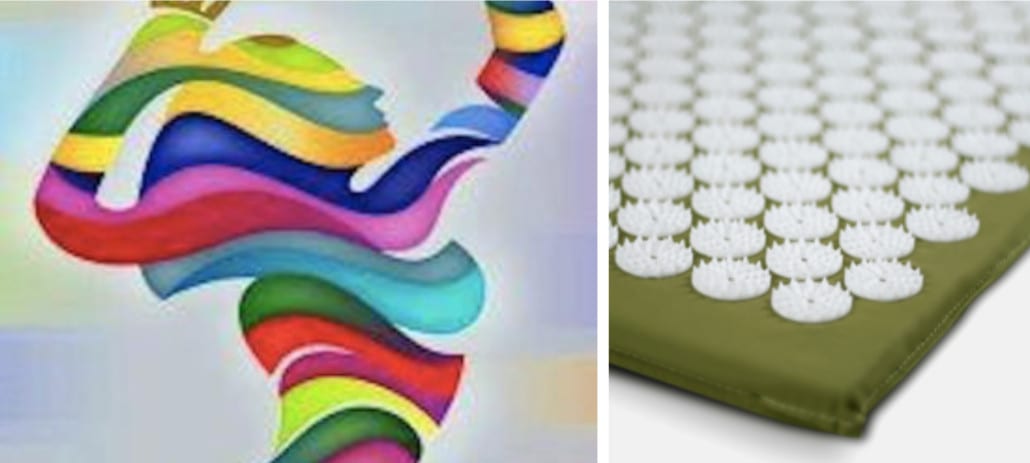

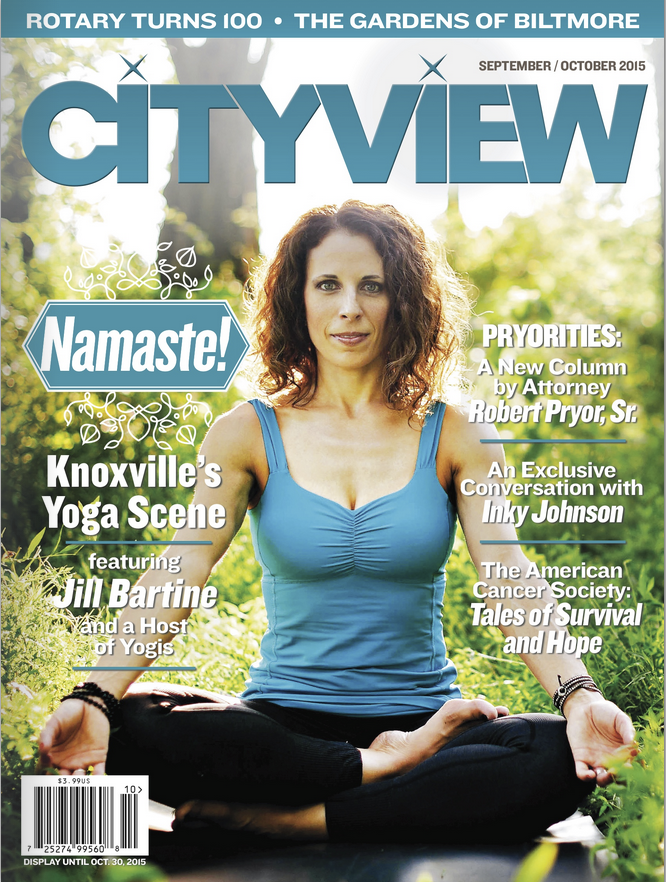
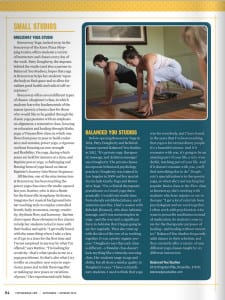
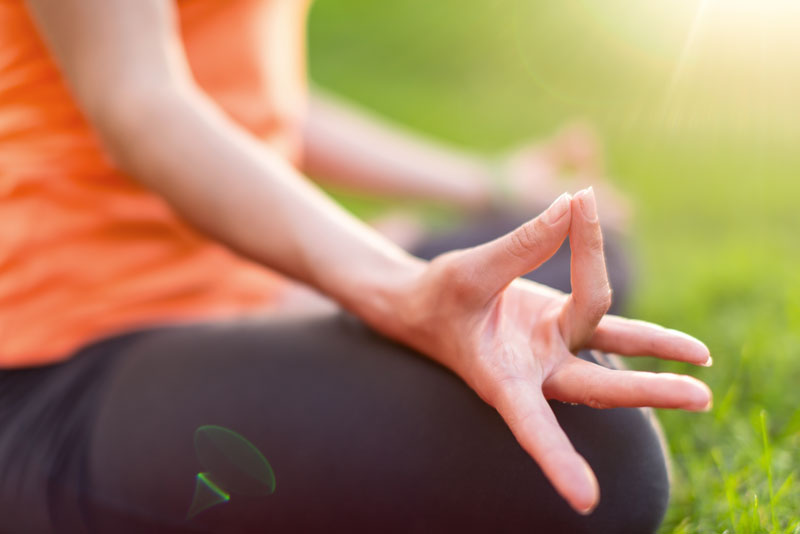

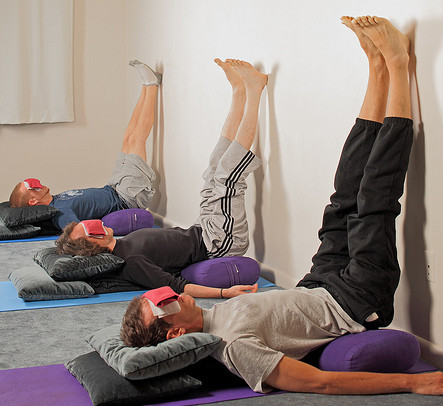
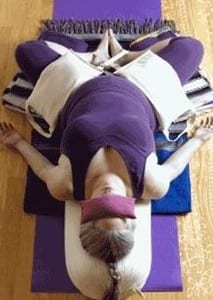 Friday, October 16th | 7
Friday, October 16th | 7